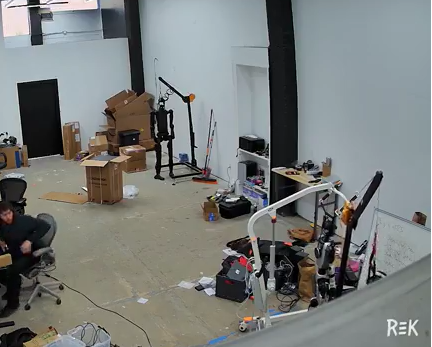Recently, a video went viral online, showing a humanoid robot DeREK (derived from Unitree's G1) "going crazy" during a competition, causing the scene to spiral out of control with delivery boxes flying everywhere, leaving the researchers on site stunned. People who watched the video were all curious about the cause of the robot's loss of control, and the technical principles behind it sparked widespread discussion.
This incident occurred at the exciting moment when DeREK won a robot fighting competition. Cix, the CEO and fighter, helplessly put his hands on his head, clearly not expecting such a bad situation. Cix explained that the robot lost control because it accidentally entered "walking mode" while its feet were off the ground, but it failed to detect the ground beneath it. This caused the robot to completely lose control.

Facing online criticism, Cix responded that DeREK was indeed equipped with a remote wireless emergency brake, but the problem was that this device took 5 seconds to take effect, which was too long. In that time, the robot could have caused serious harm. Eventually, the system only stopped running properly after the Ethernet cable became loose.
Regarding the emergency shutdown mechanism, Cix stated that the robot's design did not consider the possibility of losing control while hanging. Additionally, the battery's placement and the method of turning off the power also created many difficulties for emergency handling. Even if someone tried to forcibly cut off the power, the motor's inertia might still cause unexpected injuries.

The robot's loss of control was not the first time. Earlier in May, Cix had also experienced the robot "suddenly falling over." Now, many netizens have suggested that Cix should conduct a thorough post-mortem analysis rather than rushing to raise funds, as if this incident itself was a publicity stunt.
This loss of control has undoubtedly raised public concerns about robot safety. After reflecting on the DeREK incident, some netizens proposed that an ideal safety solution should include multiple layers of protection to ensure the robot can operate safely in all situations. After all, when facing such a powerful robot, safety should always come first.
